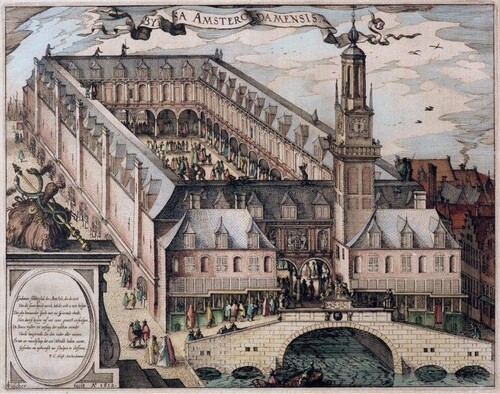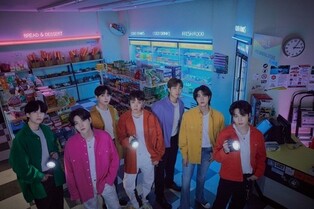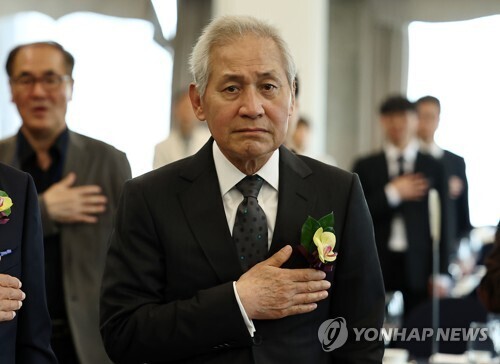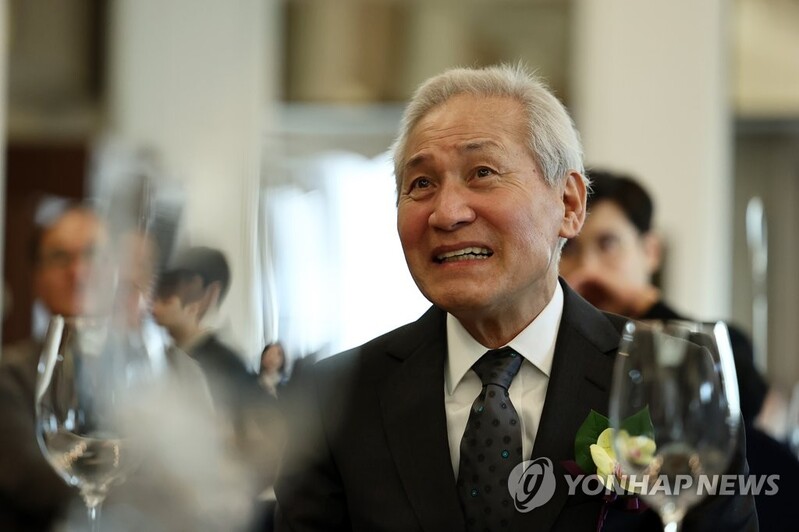*Editor’s note: K-VIBE invites experts from various K-culture sectors to share their extraordinary discovery about the Korean culture.
Chronicles of Metaverse: The Possibility of Coexistence Between Reality and Virtuality
By Noh Seok-joon (Master K-architect engineer)

Human imagination and creativity have had a significant impact on the most essential area of human activity: the economy.
Through this process, markets for buying and selling virtual values also emerged. Markets can be broadly divided into physical markets and virtual markets, based on their nature. A physical market refers to an actual place where various economic activities such as the exchange and movement of goods occur.
Physical markets have existed in all societies, both in the past and present. In the early stages, people gathered in markets to engage in barter trade. As trading became more active, currency was invented as a medium of exchange, enabling a better understanding of the value of goods. As a result, appropriate prices were set for goods, leading to wealth accumulation through proactive production and sales.
During the formation of physical markets, humans began to realize that certain intangible values, conveyed through goods, could be exchanged for actual money through transactions. Even the most crucial medium of trade, currency, fundamentally holds intangible value.
Moreover, humans began to translate virtual values based on time, such as the potential and risks of the future, into money and trade them. At some point, virtual markets emerged that traded these intangible values, and their influence surpassed that of physical markets, becoming the most powerful market in capitalist society.
◇ Markets Evolving with Technology
 |
| ▲ This image, captured from the official website of Capital Amsterdam foundation, shows an illustration depicting the establishment of the Amsterdam Stock Exchange. (PHOTO NOT FOR SALE) (Yonhap) |
One of the most representative virtual markets where intangible values are bought and sold, which cannot be touched or seen with the eyes, is the stock exchange. The first stock exchange in human history, the Amsterdam Stock Exchange, was established in the 17th century in Amsterdam, Netherlands.
Founded in 1609, this institution was initially referred to simply as the exchange but was later renamed the Kaiser Exchange, after the architect Hendrick de Keyser. In 2000, it merged with the Brussels Stock Exchange in Belgium and the Paris Stock Exchange in France, and became known as Euronext Amsterdam.
In 1602, the Dutch Parliament founded the world’s first joint-stock company, the Dutch East India Company, by combining private and government capital. The company was operated with a long-term plan for 21 years, and since it was considered to have a high future value, many people wanted to invest in it.
Furthermore, since shares could be freely bought and sold, the trade of stocks was not restricted. Even after the initial investor solicitation was complete, more people wanted to buy stocks, and some of the early investors were willing to sell their stocks if the price was right. As more and more people started buying shares based on the future value of the company, the stocks of the Dutch East India Company were actively traded, and their value gradually increased.
At that time, stocks were traded not through paper certificates but by manually recording transactions in a ledger. The names and shares of stockholders were written in the shareholder register, and when shareholders changed, the names were updated by the accountant. These stocks were a "paper certificate of ownership" indicating ownership of capital. Over centuries, the trading of stocks, once recorded by hand, was replaced by computerized ledgers with the advancement of technology.
The early stock exchanges, such as the Amsterdam Stock Exchange and the London Stock Exchange, which was established in 1801, were quite different from modern stock exchanges. People gathered in classical-style buildings, where they wrote down names on paper and exchanged documents to buy and sell virtual values.
This is in stark contrast to the modern scenes of stock exchanges like Wall Street or Yeouido in Seoul, where digital displays dominate. However, despite the differences in appearance, the purpose of the actions in these exchanges remained largely the same. Just as today, in those early exchanges, people bought and sold virtual values based on a company’s future potential.
In fact, the concepts of stocks, options, futures trading, stock manipulation, and dividends were already introduced during that era.
When virtual values are exchanged, the physical location where the trade takes place becomes less important. What truly matters is the act of exchanging these intangible values.
Even as stock trading is now actively conducted through computers or smartphone apps, the physical space has become irrelevant. Before the development of the internet and digital technologies, physical spaces were essential for trading virtual values. Thus, early stock trading involved physical locations where the exchange of tangible space and intangible value overlapped simultaneously.
◇The Significance of the Emergence of Virtual Markets Without Physical Spaces
 |
| ▲ This image, captured from the official website of Gucci, shows a Gucci store inside the Roblox game. (PHOTO NOT FOR SALE) (Yonhap) |
With the advancement of technology, physical spaces are no longer required for stock trading. Virtual markets that exist within computers or smartphones have become the mainstream, giving rise to a completely virtual market where intangible values are bought and sold.
In the digital virtual world, the metaverse will play an even more active role in these virtual markets. In a fully realized metaverse stock exchange, avatars representing individuals will be seen conducting stock trades.
The stocks traded in these markets could represent real-world companies, or they could be shares in virtual companies that exist solely within the metaverse. Moreover, stocks traded in the metaverse can be exchanged for real-world currency, which will have a significant impact on wealth accumulation and consumption in the physical world.
Additionally, the traditional markets of the past, which required physical spaces, will also be actively recreated in the metaverse. Today's e-commerce, which takes place on digital platforms for purchasing and paying for products, is a two-dimensional interface. In the future metaverse, the exchange of goods will closely resemble the traditional market experience, where consumers can try on products, smell them, and physically handle them.
Historically, markets required physical spaces for transactions. However, with technological advancements, virtual markets have emerged where physical locations are no longer necessary. Furthermore, with the advent of the digital metaverse, virtual markets have evolved into more intricate and lifelike environments that recreate the past physical markets while simultaneously expanding the possibilities of what virtual exchanges can offer.
(C) Yonhap News Agency. All Rights Reserved














![[가요소식] 베이비몬스터, 첫 북미 투어 다큐 공개](https://korean-vibe.com/news/data/20260102/yna1065624915971209_797.jpg)








